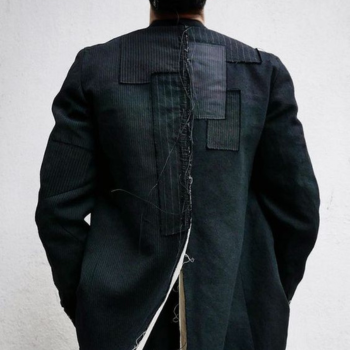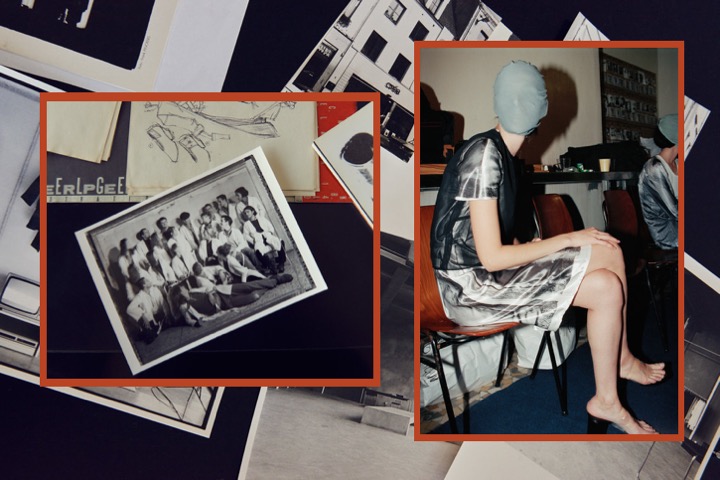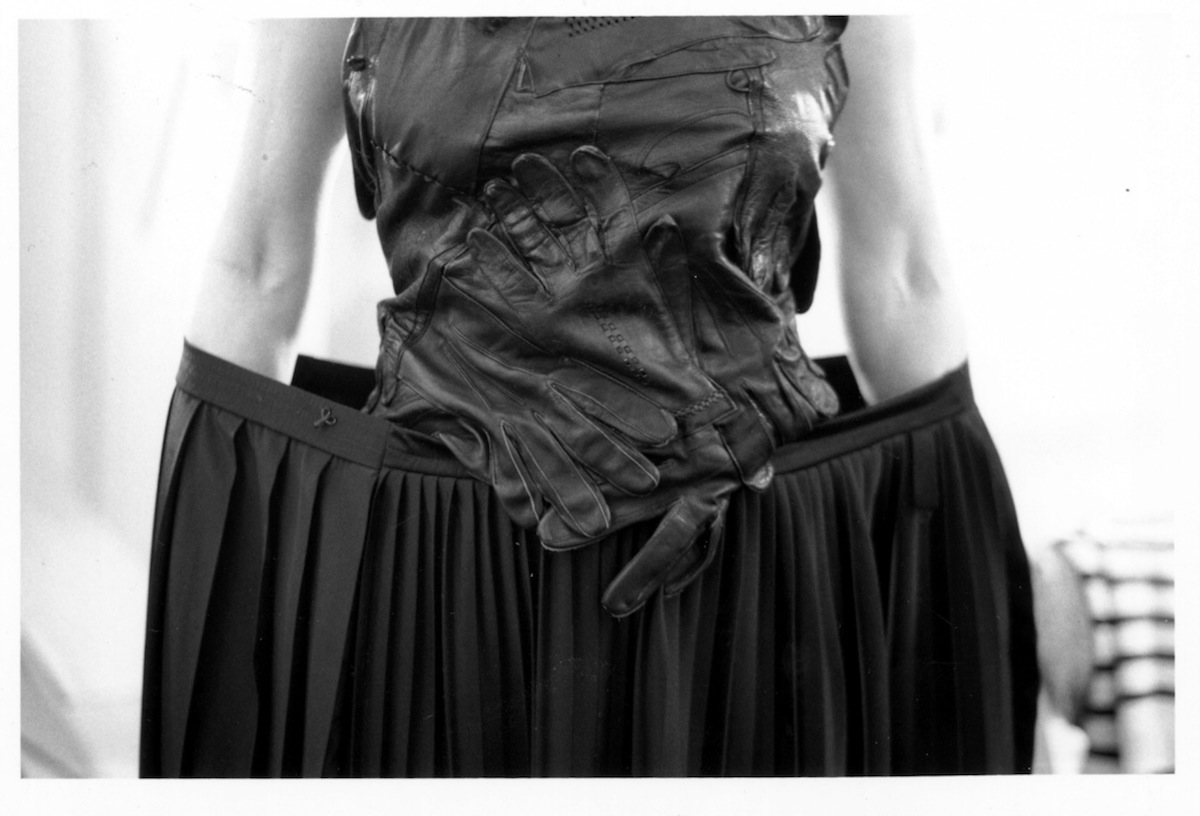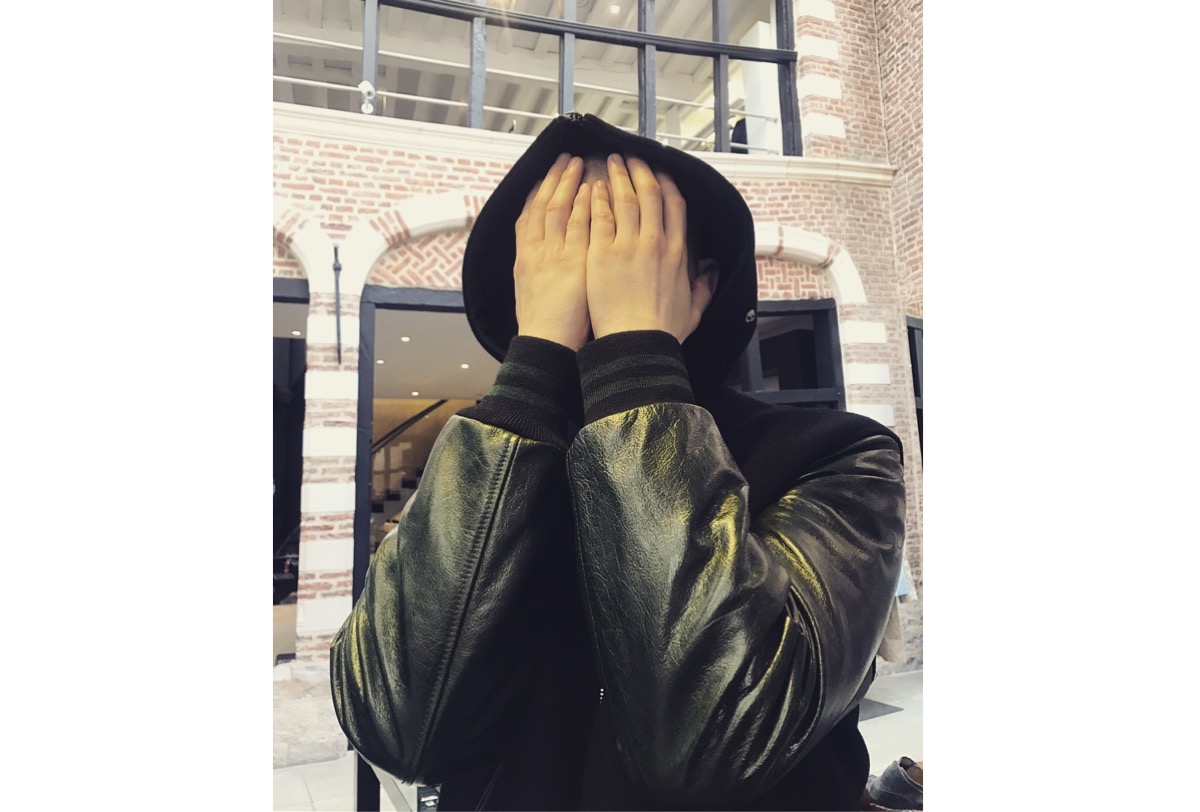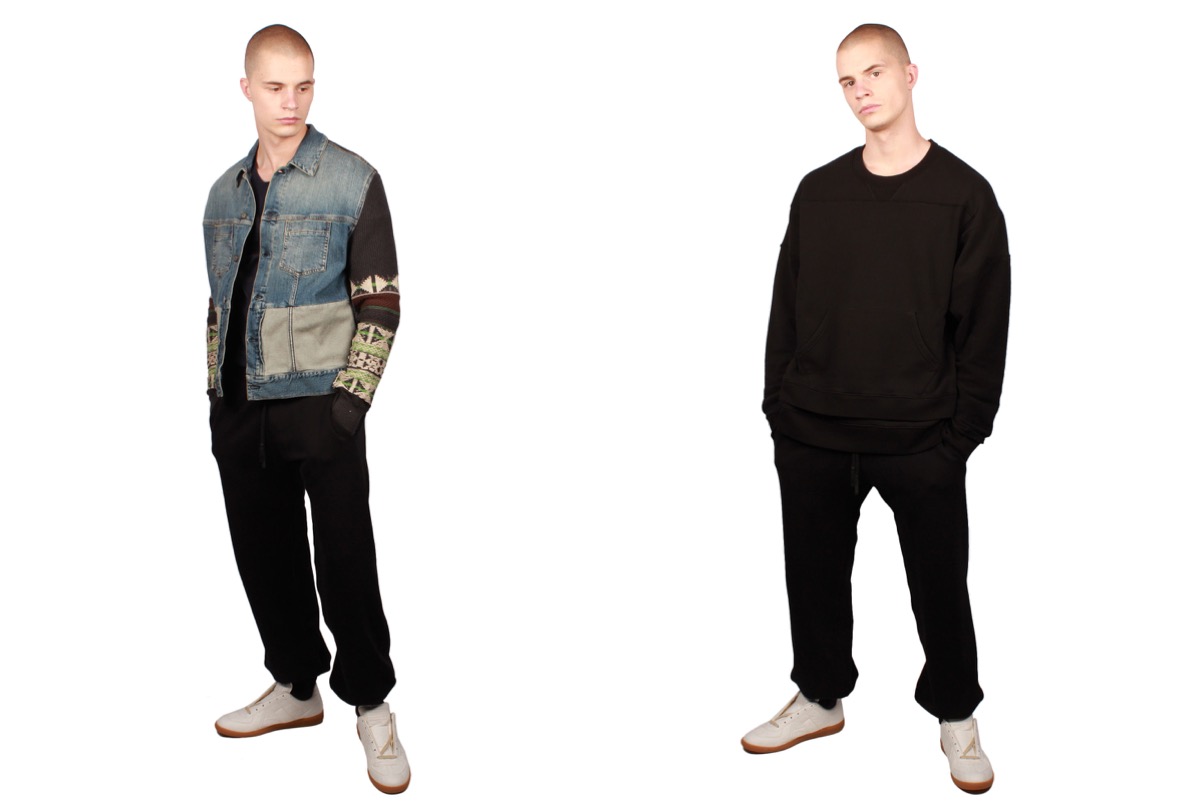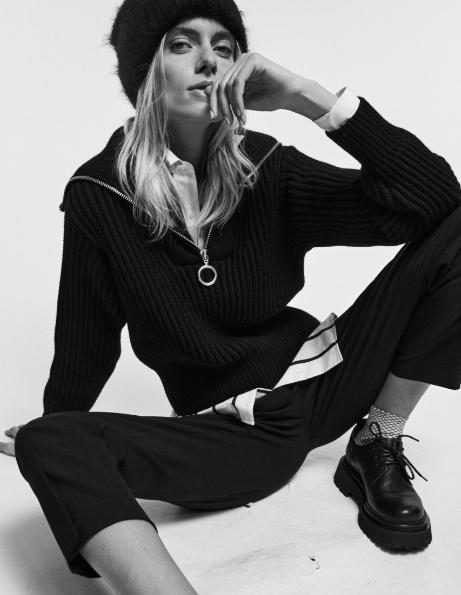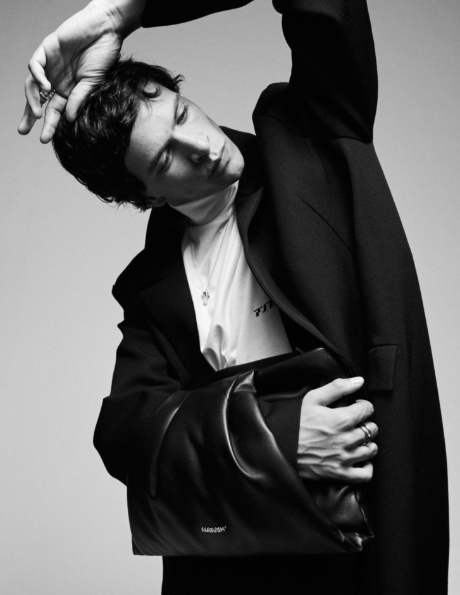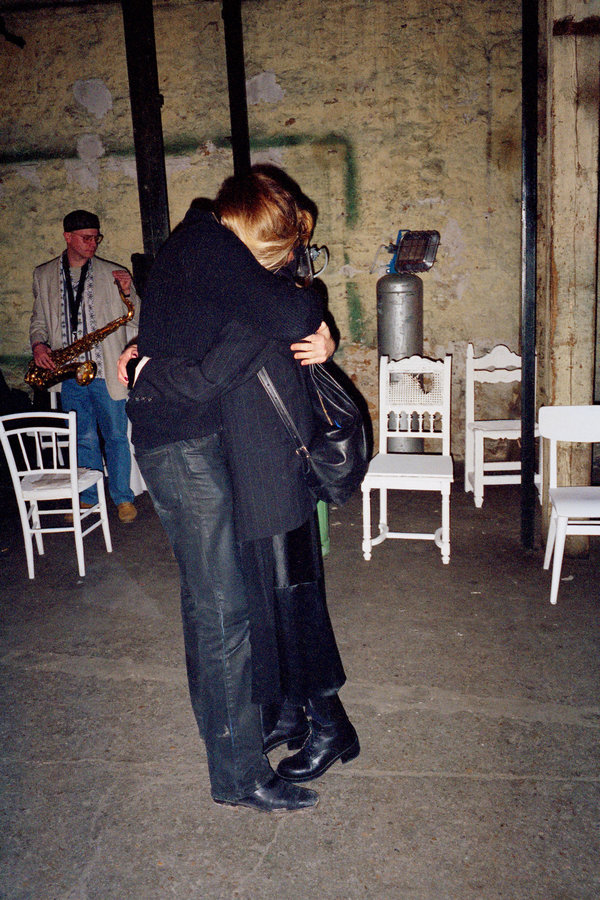
Maison Martin Margiela (@maisonmargiela) has publicly paid tribute on Instagram to Jenny Meirens, in a post stating "In memory of Jenny Meirens, business partner of Martin Margiela and one of the visionaries behind the scenes."
Jenny Meirens, businesswoman and co-founder of MAISON MARTIN MARGIELA, passed away on 1 July in Italy, at the age of 73.
Like Martin Margiela, she had always shunned the spotlight, but was a discreetly influential figure in the fashion world. Jenny Meirens contributed to forging the brand's anti-conformist image (constructed-deconstructed cuts, recycled materials, monochromatic fabrics, clothing without logos...) and its international reputation in the creative world.
It was at Meirens’ suggestion that Martin Margiela began to use the white labels in his clothing line: to omit the designer’s name to emphasize to buyers a total confidence in the quality of the design.
"When people go into a store and see outfits that do not have a name, it makes them even more curious," she told the New York Times in a rare interview earlier this year.
The Margiela team in white shirts - by Danilo Scarpati and models with their faces covered during a 1995 show - by Anders Edstrom.
The white labels with their stamped numbers emphasize ‘the product before everything else’.
Margiela’s decision to put white labels on all items opposes the diktat of logos: to not be influenced by them, and to see nothing else but the garment. We have deciphered the code:
- The first ‘Maison Martin Margiela’ women's ready-to-wear line for the Spring-Summer 1989 season was the only numberless line, only a white label. It was the ‘showcase’ of the work of the House, and was the only line to be shown during the Paris ready-to-wear week.
- Margiela then numbered each of the other lines of the House using a coded numbering system, from 0 to 23. A number is circled on each label. The circled number indicates the line to which the product belongs. For example, hand-remodelled garments are 0, the women's collection is number 1, the men's collection 14, objects and publications are 13, and so on. See the image below:
Back to the history and codes of the House
Martin Margiela was born in 1957 in Louvain, Belgium. He studied at the Royal Academy of Fine Arts in Antwerp at the same time as five other couture legends: Dries Van Noten, Ann Demeulemeester, Raf Simons, Dirk Bikkembergs and Walter Van Beirendonck. They became ‘The Six Of Antwerp’, collectively known for their audacity and avant-garde style.
At the age of 27, Margiela began working for Jean-Paul Gaultier. In 1997, Jenny Meirens negotiated his entry into the creative direction of Hermès, a position which he would occupy for the next six years. Encouraged by Jean-Paul himself, Martin Margiela and Jenny Meirens created their own brand, which they called Maison Martin Margiela (MMM).
Margiela became one of the most atypical and influential designers of his generation, and his couture label is a very singular one:
- He prioritized collective work over the designer’s own. The ‘I’ of the designer was banished in order to favor a collective spirit. It was always referred to as the ‘House’, and communications always began with a ‘we’. In the ateliers, everyone wore white to eliminate any hierarchies.
- He went against marketing trends: no logos, no advertising, models with hidden faces, white as a single color (to remove the superfluous, and only retain the essential) and a numbered system for its collections.
In 2002, the House was bought by the Italian group Diesel.
In 2003, Martin Margiela and Jenny Meirens retired from the House. Meirens retired after having sold her shares to the founder of Only the Brave (OTB Group), Renzo Rosso.
Despite his gradual departure, Margiela has never been replaced, and the ‘collective’ spirit of the House remains as its founder had wished.
From the beginning of his career Martin Margiela had always chosen discretion, and avoided "people-isation" to better express creative ideas: the product is at the center of everything. He gives no personal interviews and there is no picture of the designer.

